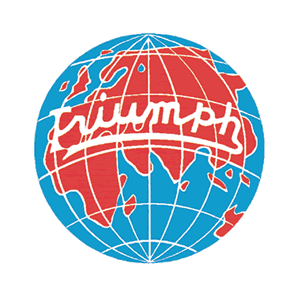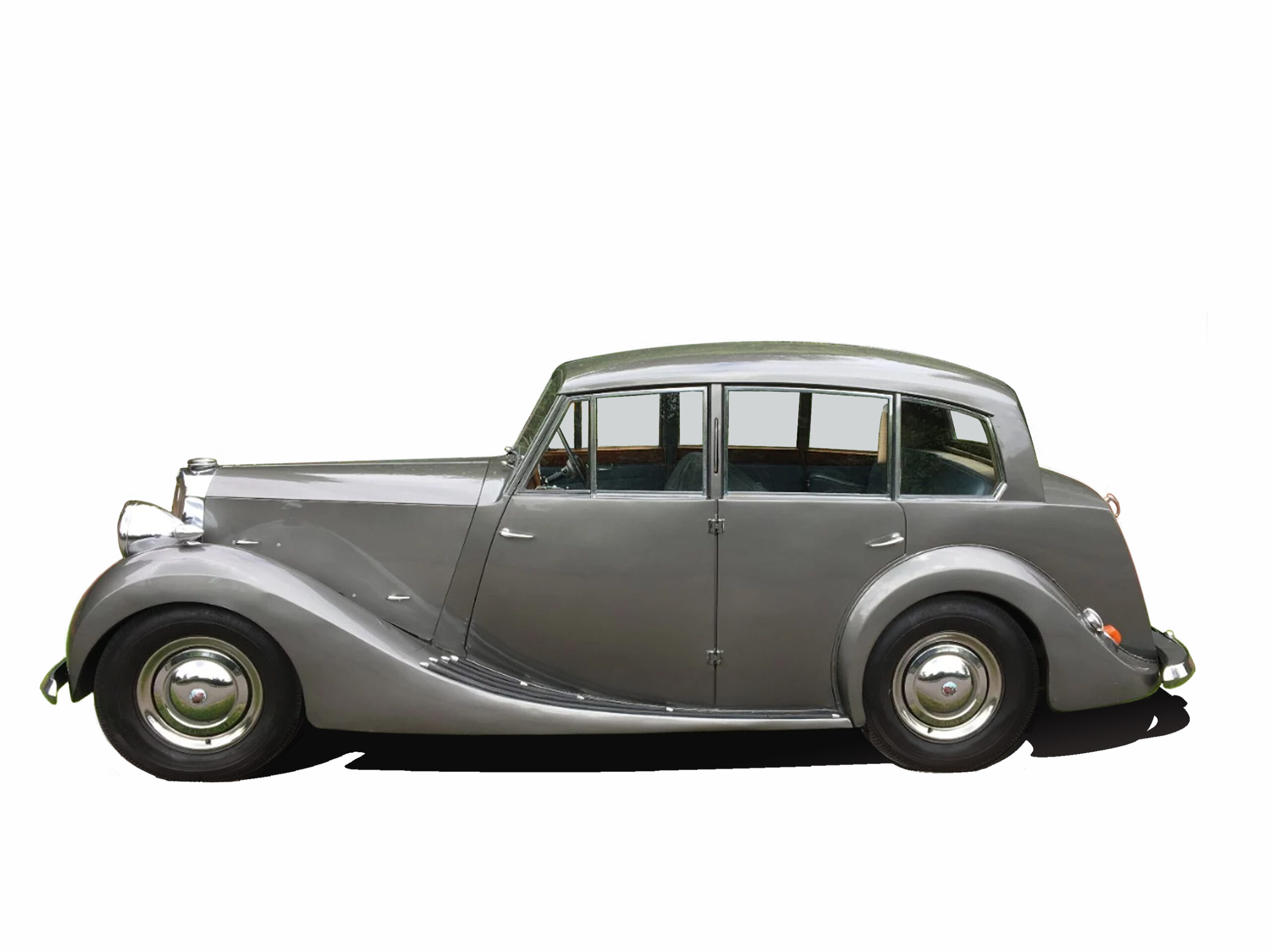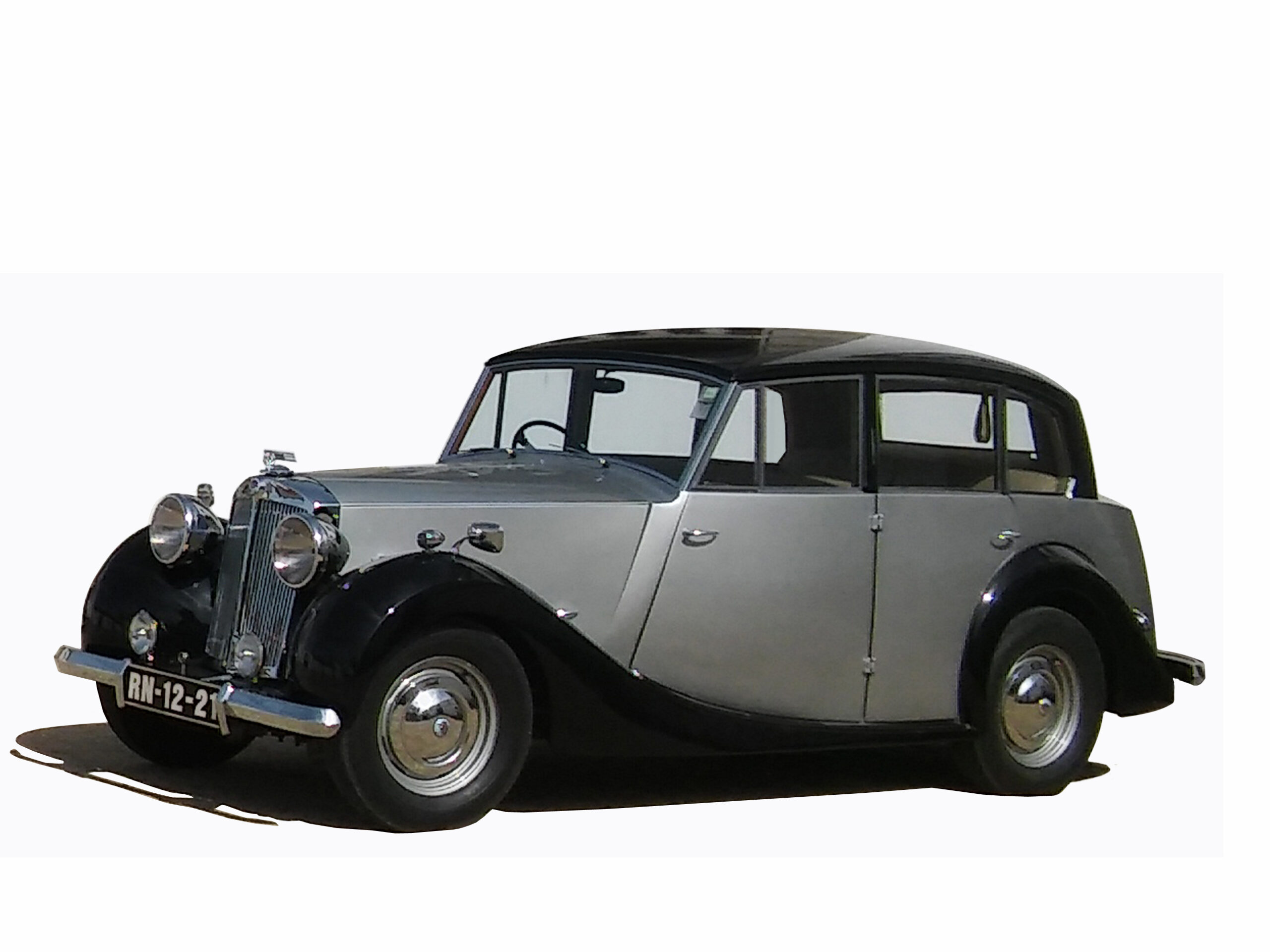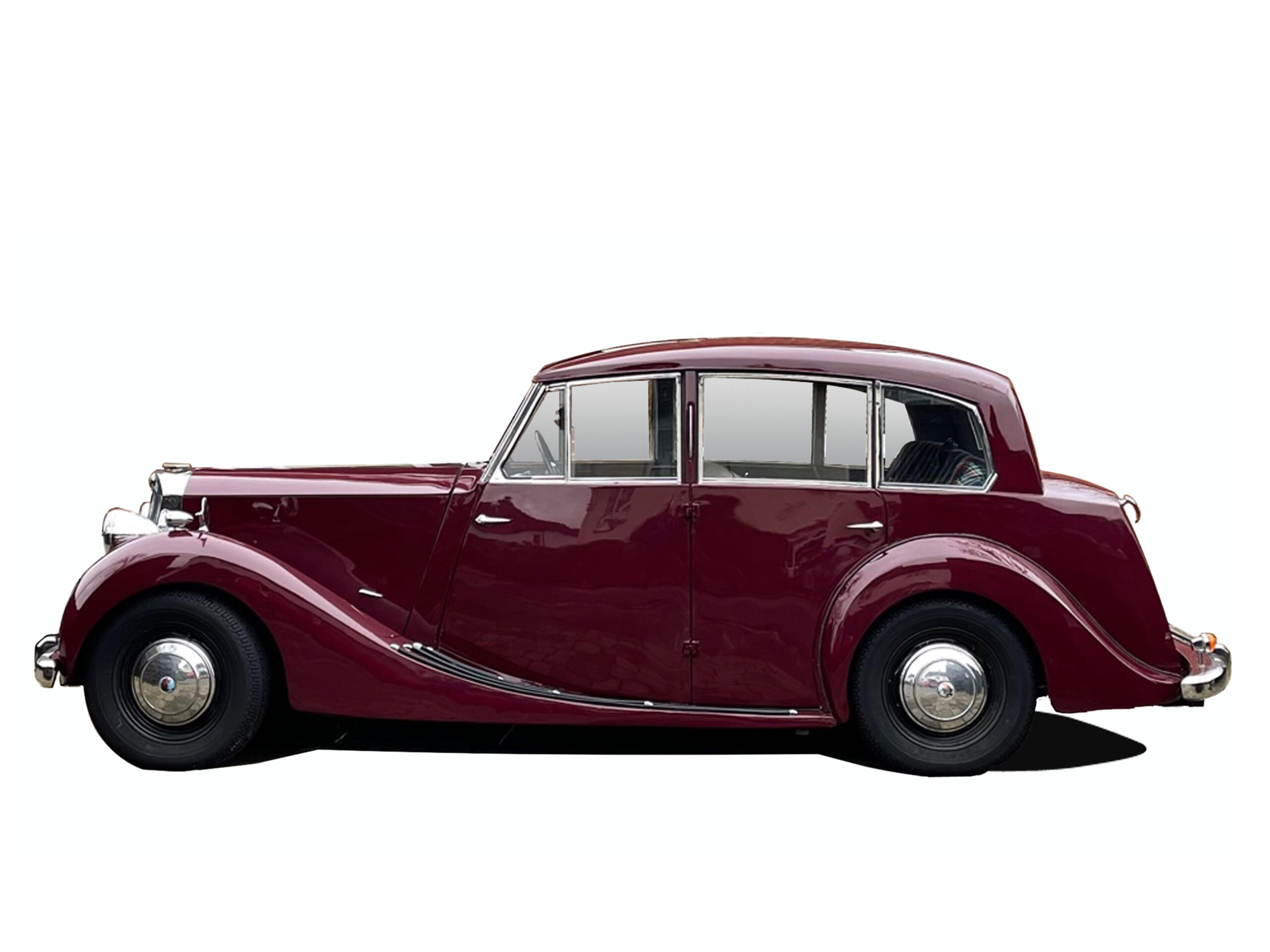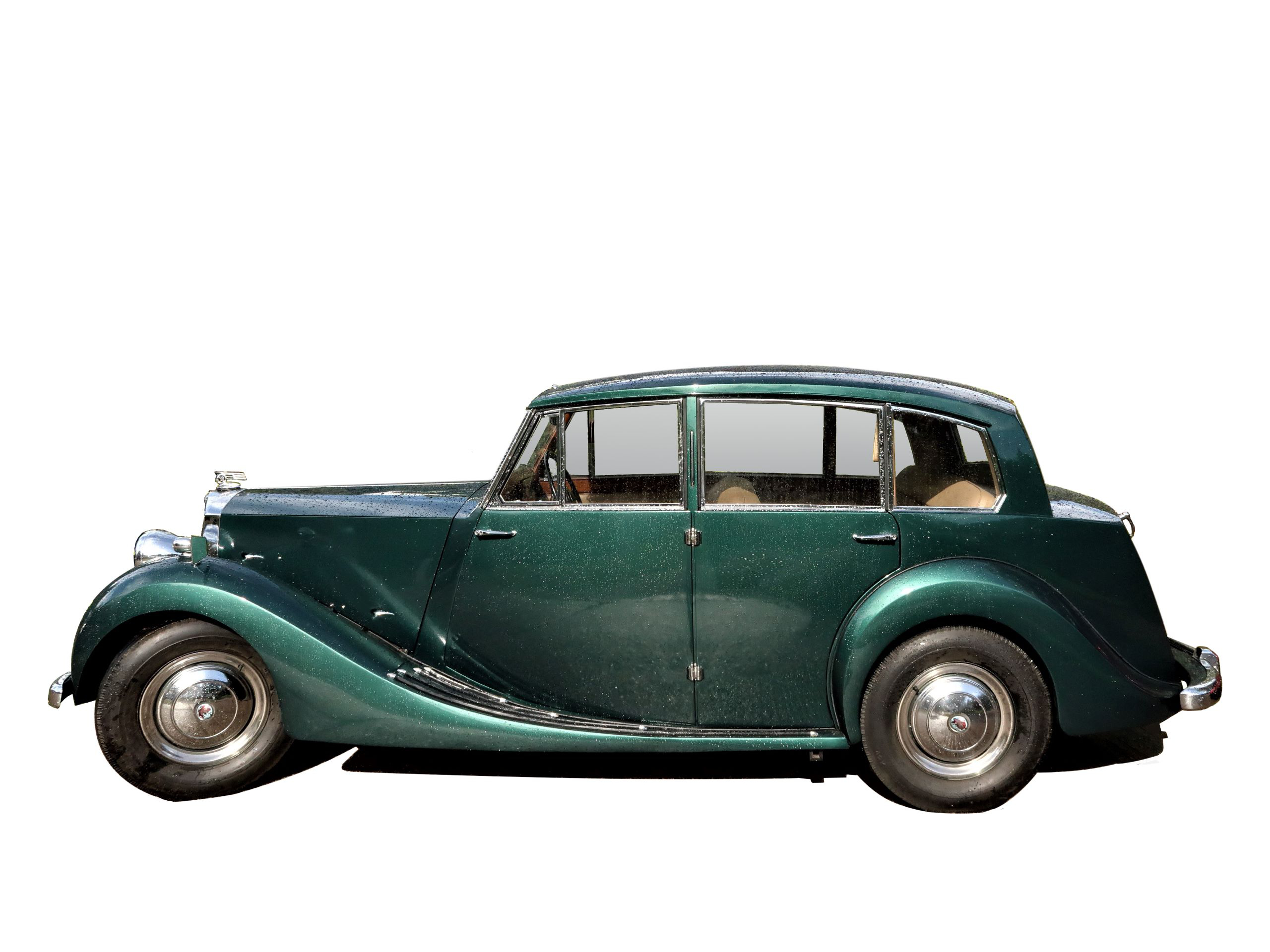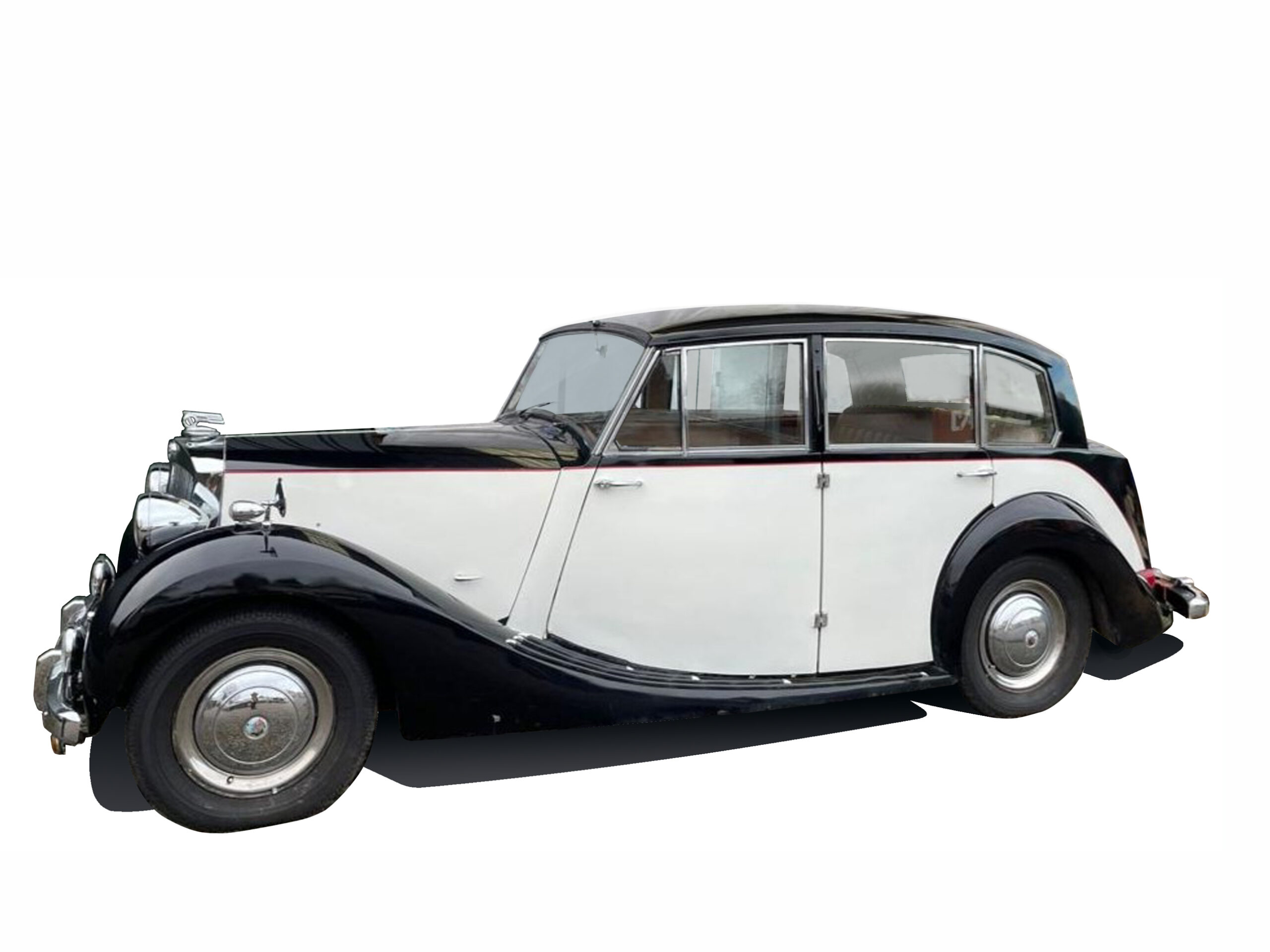Click any of the pictures below for more information:
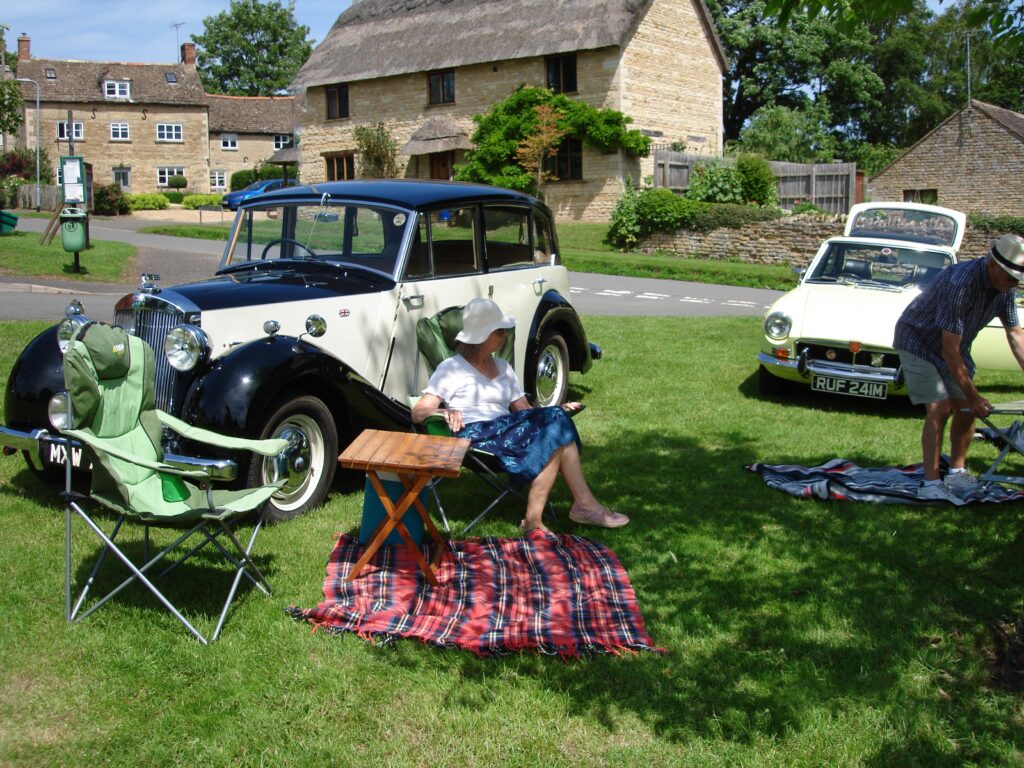
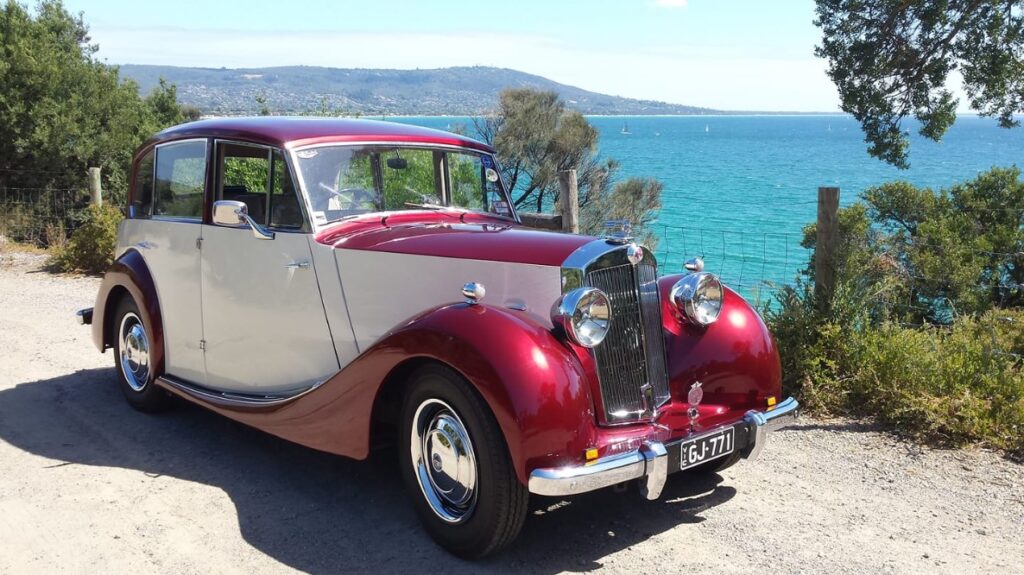
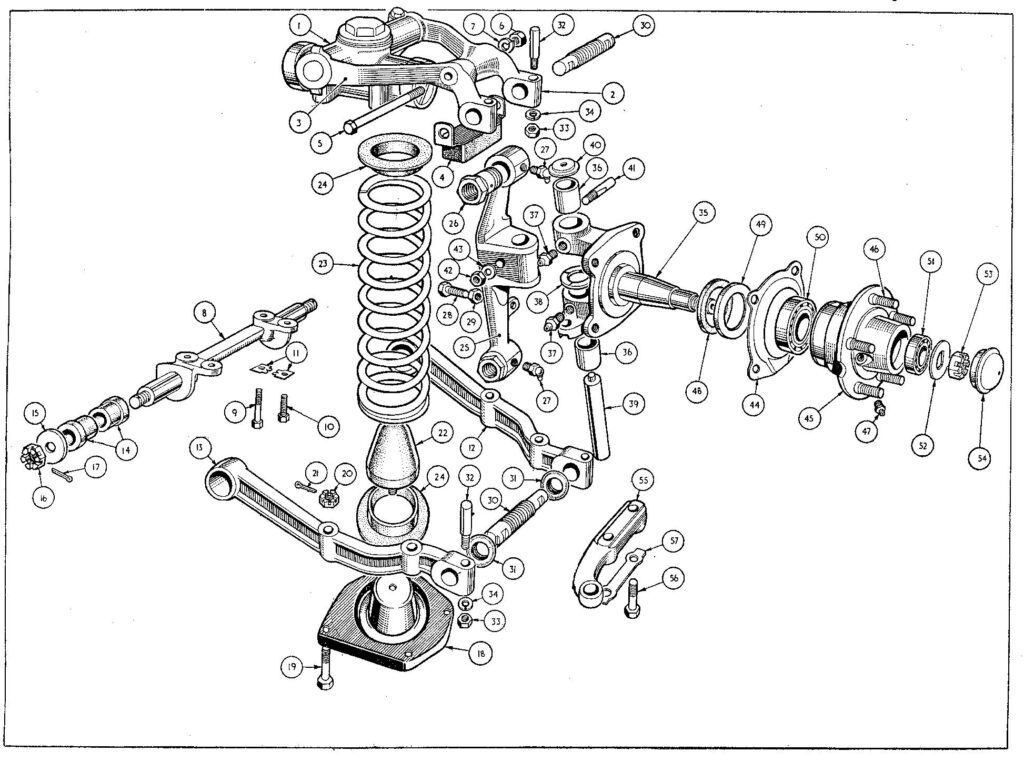
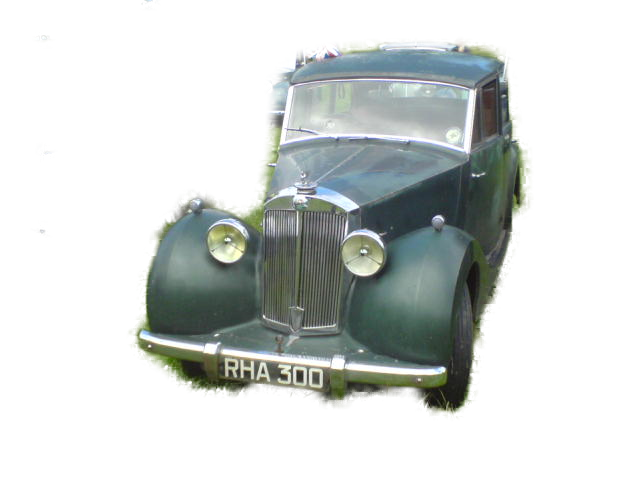
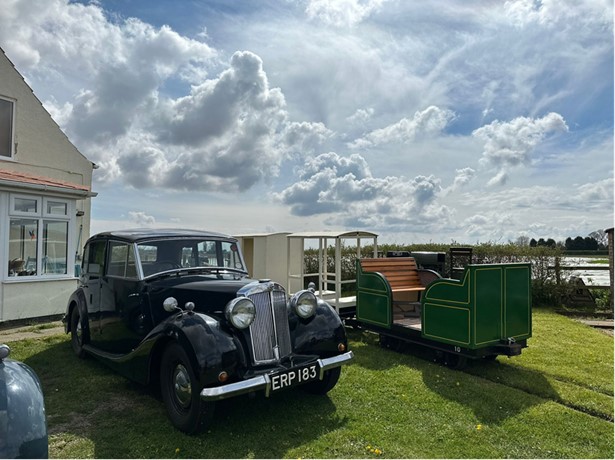
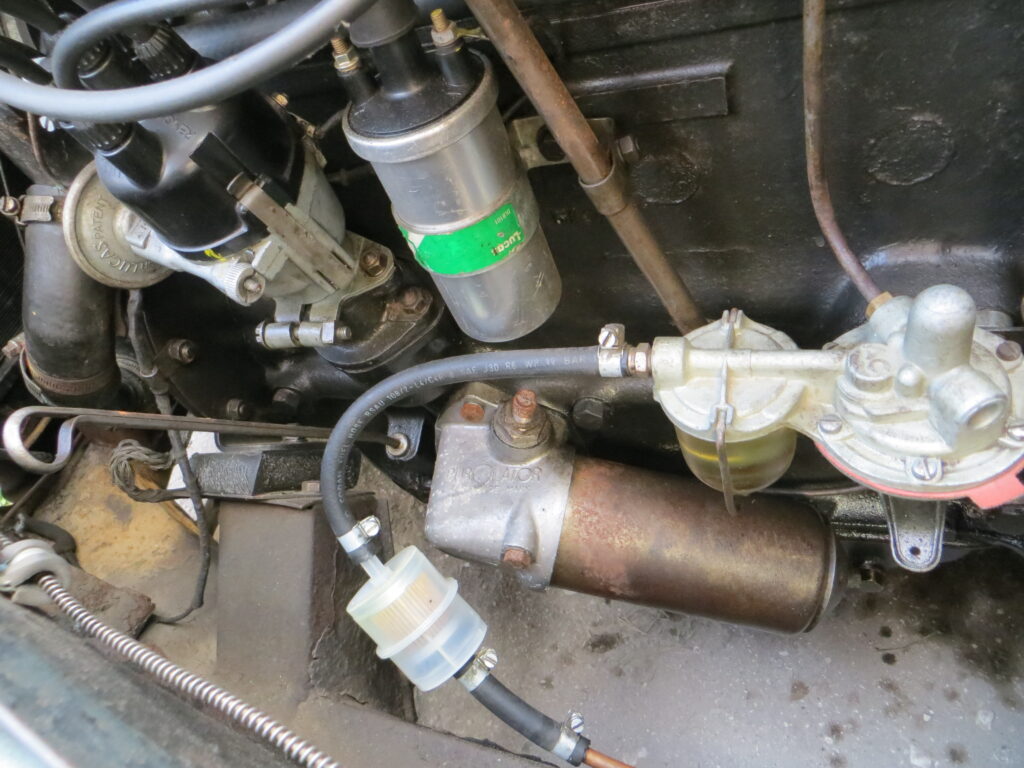
Contents List
The Triumph Razoredge Owners’ Club welcomes enquiries, information about past ownership, and any comments – please email editor@TROCltd.co.uk .
There is also a Facebook Group (not operated by the Club) which you might like to visit for discussion and sharing ideas.
The very active WhatsApp Group “Triumph Razoredge Enthusiasts” is run by a couple of Club Members. If you would like to be added to that Group please send Gary ( gaz3418@live.com ) your WhatsApp phone number.
IMPORTANT NOTE: Please be very cautious when working on or fitting any item to your car, unless you take full responsibility for what you’re doing, and you have the necessary level of skill and expertise to be sure that the work you undertake on your car leaves it safe and roadworthy. If in doubt, have work done by a properly-qualified professional. Any accounts in the GLOBE or on this website are only the experiences of members, sharing ideas, not offering guidance on what might or might not need doing on your car.
